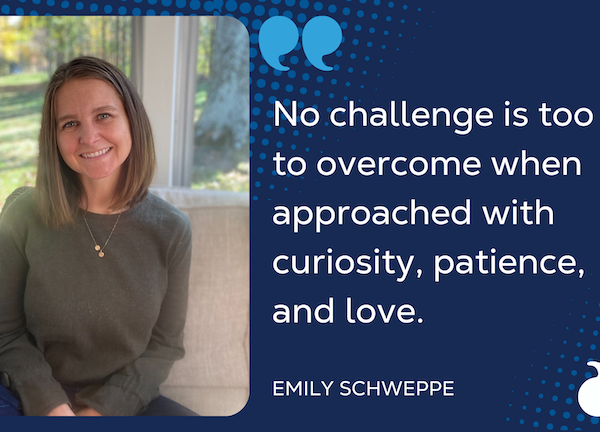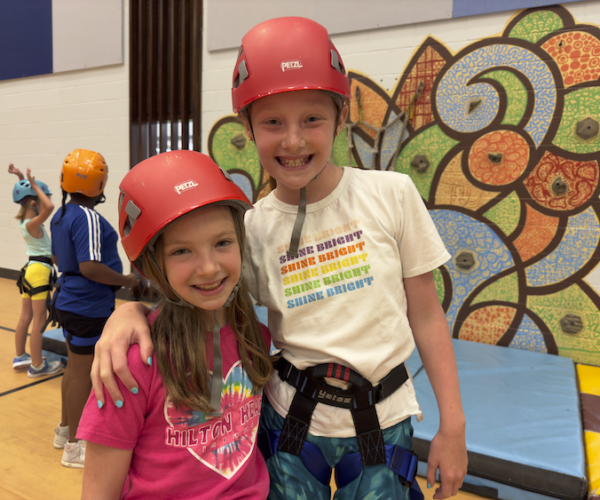
Shocking or Familiar? A Dyslexia Story
March 24, 2025
Embracing folk dancing in the music classroom can seem like a hard sell at first glance. Administrators wonder what I’m teaching, and the students wonder how silly they will look spinning around to an Irish jig or doing a dosido to an old reel.

Part of this is marketing. That is, I must convince my students that the activity is worth engaging in. My approach with the students is everything! So, I approach the lessons with joy and enthusiasm–it’s contagious. I encourage them to come along for the ride and promise them that no one will look sillier than I will. I call our Fun Dance Days “mandatory fun” and though the first one might have been a bit awkward, by the second week, they are begging for it.
Building Skills
While community dancing teaches many important musical skills, it also accomplishes quite a few other objectives. Musically speaking, folk dances typically have simple, repetitive forms and patterns that serve to reinforce steady beat and a sense of rhythm. They help hone aural (hearing) skills as the children concentrate on tempo and dynamic changes. They also allow students to experience form through movement.
Supporting Wellness
The gross motor movement in remembering the steps and the order of the steps improves both memory and coordination, while being really accessible for anyone and giving all students the opportunity for creative expression. Community dances don’t require any special dancing ability. They can be modified to include every student and adult. Indeed, those kinds of connections are another layer of folk dancing that cannot be overstated in importance. Generally, in the words of Elle Woods for the millennials among us, “Exercise gives you endorphins. Endorphins make you happy!” When I have a group engage in movement, many a frown turns upside down. It’s a chemical reaction that can improve mood and reduce stress. Additionally, our students need to move! Research has been pretty well established that exercise improves cognitive function and academic performance, especially in students with ADHD.
Community-Building
Not only do we have that rush of happy chemicals, but folk dancing gives students opportunities to engage in teamwork, cooperation, and social skills. Many folk dances require each participant to perform the steps in coordination to avoid crashes or to finish a section in time. Students realize quickly that they need to work together and not against one another to accomplish this, helping each other remember the steps, and doing so kindly to get the desired results. I have witnessed pretty grumpy classes with students who do not get along come together to make a tunnel in a folk dance with laughter all around. That’s magical!
Lastly, embracing community dancing from our communities and around the world preserves culture and exposes the students to history and traditions from a wide variety of cultures. We have danced Turkish wedding dances, Romanian school dances, Irish jigs, African American barn dances, and New England reels. We learned to count in Russian and French when we did dances from Ukraine and France. Then we also learned to count in Portuguese, Spanish, German, and Greek from other students who could speak those languages as we made other cultural connections and celebrated our community’s diversity. This past trimester, I selected a popular Turkish dance, and a student was so excited to share about a recent trip to Istanbul with their classmates. Moments like these that create belonging for all students are critical to our mission. Students who don’t feel like they are safe and belong don’t learn.
Moving together does all these things and more, bringing people together. I believe this is especially important at a time in our world when we have survived a global pandemic and spent so much time isolated in the past five years. I am thrilled to be able to share the practice and all it brings with my students and my community.
Dr. Rebecca Mullins-Jones
Music Educator, Springer School and Center



